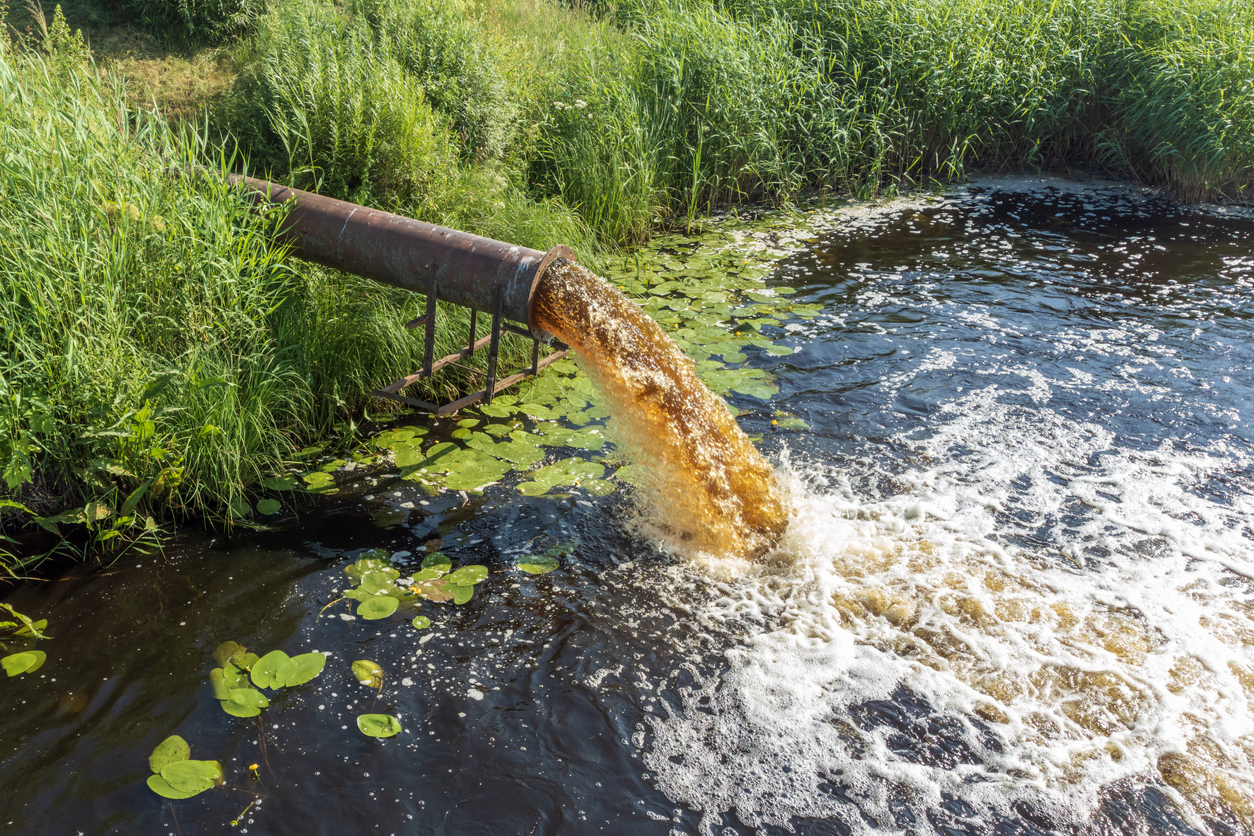Testing for ready biodegradability is crucial to abide by the Environmental Risk Assessment for REACH chemical registration and the European Medicines Agency pharmaceuticals registration. When you need to test for ready biodegradability, the OECD 301 biodegradation tests can show you just how biodegradable your product is in freshwater environments. There are three common methods that screen for ready biodegradability in aerobic aqueous mediums. Each of these three test methods can be used to test ready biodegradability; however, certain methods may be better than others depending on the characteristics of the substance being tested. So, what goes into each test? Which tests are best for your product? We’ve outlined them here.
OECD 301F: Manometric Respirometry
This manometric respirometry testing method uses oxygen consumption to determine the biodegradability of a material. If 60% of degradation is reached within a 10-day window in 28 days during the OECD 301 F test, the material is considered readily biodegradable.
In order to run this test, a closed bottle is partially filled with water to leave a small headspace and the sample. During the process, the oxygen in the water and headspace are consumed. This number is compared to the theoretical oxygen demand (ThOD) that we find by plugging the chemical formula into our online calculator or testing in the lab when the chemical formula is not available.
This test is often the first recommended test method, as it requires a simple setup, no aeration, and can test for a wide range of substances. These materials include those that are soluble, poorly soluble, insoluble, nonvolatile, absorbing, and volatile materials. Some of the most common materials tested via the OECD 301 F test include:
- Drugs
- Lubricants
- Greases
- Oils
- Fuels
- Surfactants
- Personal care products
OECD 301B: CO2 Evolution
The OECD 301 B test measures the biodegradability of a product, material, or chemical in water. The degree of biodegradation is measured by CO2 formation during the 28-day biodegradation process and a material is considered readily biodegradable if 60% of degradation is reached within a 10-day window in 28 days.
To run this test, a reactor and three CO2 absorption flasks are set up. The reactor contains a sample, the inoculum, and a mineral medium. The reactor is aerated with CO2 free air in order to ensure there is no CO2 present in the reactor. As the biodegradation process begins, the flasks absorb all of the CO2 produced and then it is measured to determine the biodegradability of the material.
This test is appropriate for highly soluble, poorly soluble, and absorbing materials; however, volatile materials should not be tested using this method. A few of the most common materials tested include:
- Lubricants
- Greases
- Oils
- Fuels
- Surfactants
- Personal care products
OECD 301D: Closed Bottle
The OECD 301 D is a closed bottle respirometry test that measures biodegradability through the consumption of dissolved oxygen. If 60% of degradation is reached within a 10-day window in 28 days the material is considered readily biodegradable.
To run this test, a bottle is filled with water and the sample. As the biodegradation process begins, CO2 and water are formed and the oxygen present in the system is consumed. We then measure the amount of oxygen the sample used to biodegrade and compare it to the theoretical oxygen demand (ThOD). To determine the ThOD, we can plug the chemical formula of the sample into our online calculator, or we can test for it in the lab if the exact chemical formula is not known.
This test is suitable for highly soluble, volatile, and absorbing samples. Some of the most common materials tested using this method include:
- Drugs
- Surfactants
- Personal care products.
Do You Need OECD 301 Biodegradability Testing? Turn to Aropha
At Aropha, we have implemented lab automation and AI to offer reliable, cost-effective biodegradable material testing throughout the entire product development process. Our goal is to offer accurate biodegradability testing while saving our clients time and money. We provide testing for freshwater, seawater, soil, and composting environments, as well as anaerobic biodegradability, toxicity, and more. There are many types of tests that we offer, including various OECD tests, ISO tests, and ASTM tests.
If you are ready to start testing the biodegradability of your products, contact our team today!

